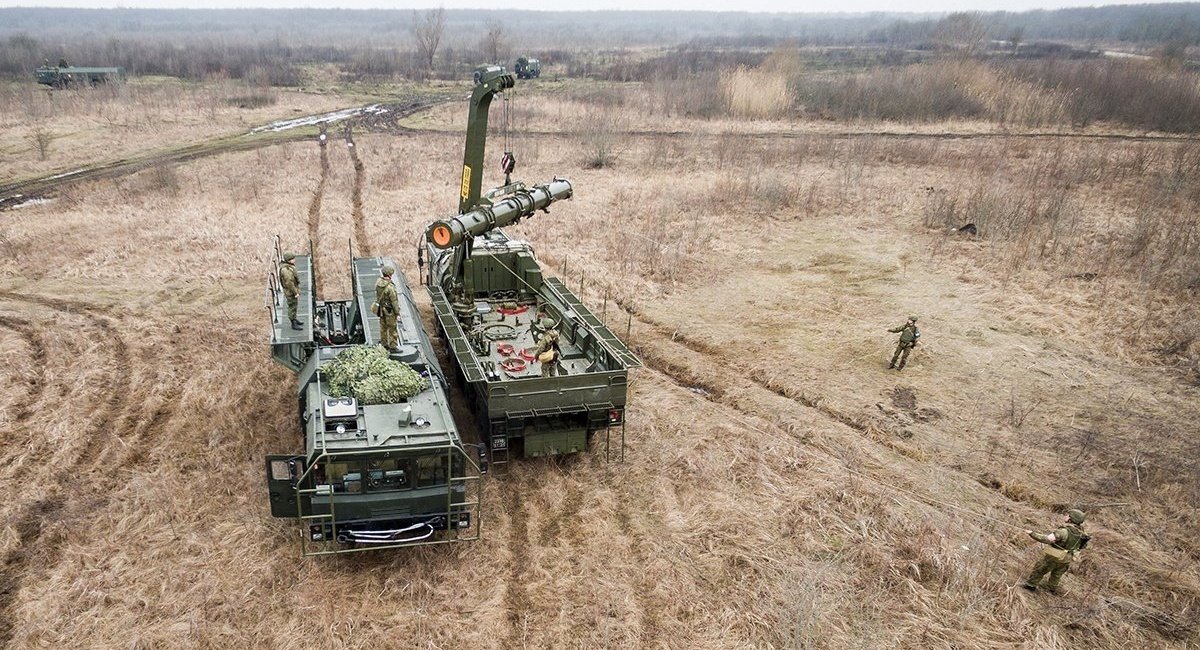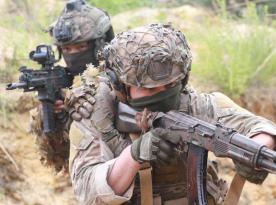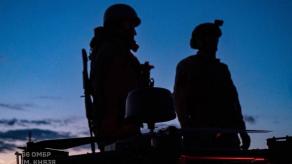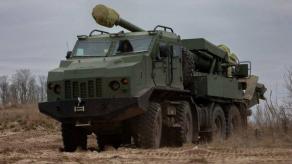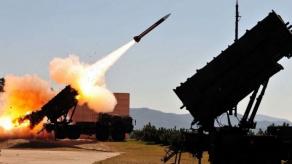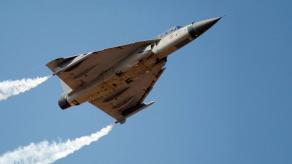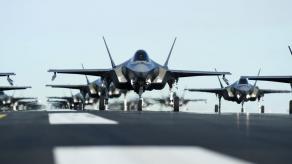Iskander systems were used for the missile attacks on Kyiv on May 29 and June 1. Even the 100% interception of all missiles does not guarantee safety. That's why the only absolute option is to search and destroy these short-range ballistic missile systems before they manage to fire off the missile.
However, Ukraine's allies don't want their weapons to be used for strikes on the russian territory, where the Iskanders are hiding. On the first glance, it looks like an exclusively political taboo and result of unwillingness by the West to cross the "red lines" drawn by Moscow. But the actual underlying logic might be completely different.
Read more: US Successes in Using Patriot Air Defense System Against Iraq - Why It Is Important for Ukraine

Defense Express assumes that the discourse about the "red lines" resurfaces each time when Ukraine's partners are not sure whether a commitment would be successful in military terms. As a matter of fact, the idea to hunt down enemy SRBMs had crossed their minds before, and it turned out to be a negative experience. This happened when the allies tried to take down Iraqi Scud systems during the Operation Desert Storm in 1991.
The look into how it went was provided by the SOF News in its article. Here's a brief breakdown of what happened.
When the Western countries were planning an operation against the Saddam Hussein regime, they estimated that Iraq could have 400 to 800 ballistic missiles of various types, including 8K14 for the Elbrus SRBM system of Soviet making and its derivatives which were all commonly called Scud. These missiles were not particularly precise but they had quite a high flight speed and a potent warhead so even chaotic shelling with the use of these weapons could lead to significant casualties.

The situation became extremely dangerous when Iraq pointed its Scud missiles toward Israel. The idea was to provoke backfire and force a collapse of the anti-Hussein coalition in which Arab countries played an important role. It created a situation when the Iraqi missiles and associated infrastructure became a priority target for the coalition's aviation.
The United States and the allies conquered air superiority quickly, and it led to all prepared Scud firing positions and missile maintenance facilities destroyed. On the flip side, taking out mobile launchers (20 to 36 units according to various sources) was impossible, so they had to plan special operations with the involvement of s of units and attack aircraft. The format looked simple and reliable: the special operations forces find the launchers and destroy them on their own or designate them as targets for attack aviation. But then, they faced multiple challenges.
Geography and climate became one thing. The Iraqi Scud crews used terrain to hide the launchers and mainly relocated them at night when the temperature drops in the desert. These two factors obstructed Western SOF operators, often the target initially reported as Scud turned out to be "a decoy or a similar looking vehicle."
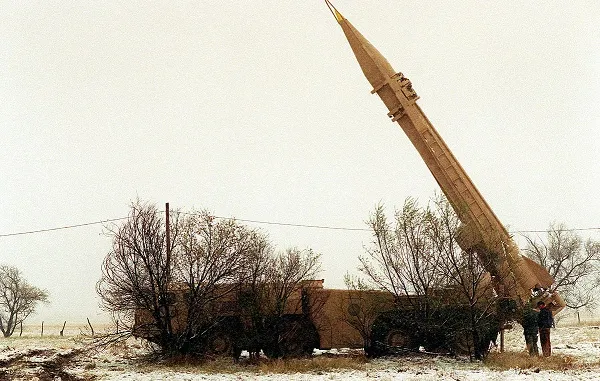
Surely, there were cases when the Iraqi military made mistakes and exposed their Scud systems to danger. There were almost 100 missiles launched during the entire operation, so the movement routes and firing spots should have been repetitive. Hence in some of these spots, the SRBMs were more likely to be caught.
There were instances when an Iraqi Scud was basically defenseless, nevertheless, the mission on its destruction failed because it turned out that even 10 minutes was enough for the system to displace and avoid the backfire from the Allies' aviation.
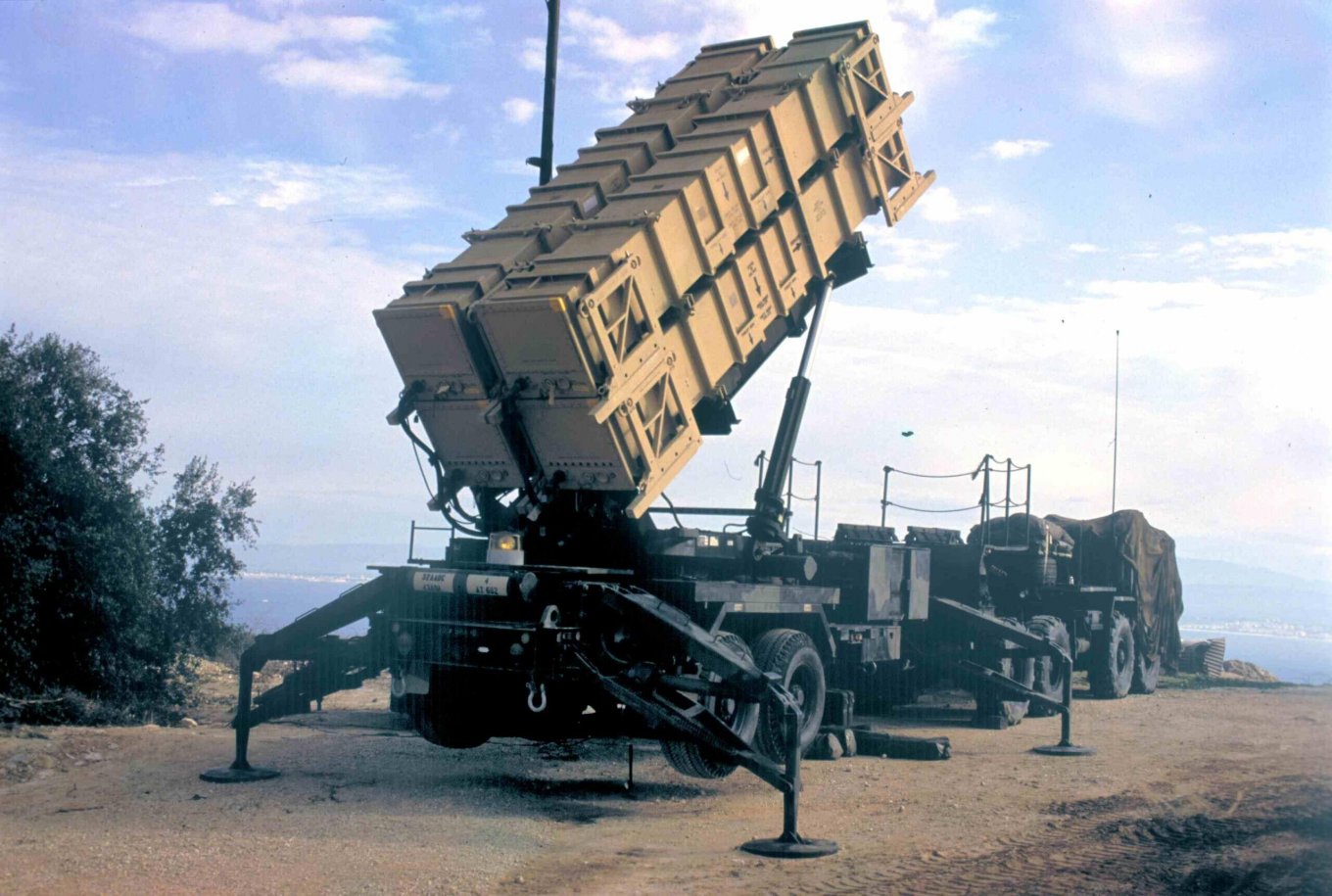
Due to all these issues, the Scud hunting experience was assessed by various Western analysts in twofold. For one thing, even though there were unsuccessful missions, they still lessened the threat of a missile attack on Israel. On the other hand, the resources diverted to Scud hunting could have been used for the main objective of pushing Saddam Hussein from Kuwait.
In addition, it is the failures in the Scud hunt that caused the situation where the Patriot air defense system had the primary role in repelling the ballistic missile shelling threat during the Gulf War.
The realities of 2023 resonate with the experience from back then. Perhaps the West does not allow attacks against Iskander systems stationed on the russian territory because of doubts their weapons would be able to hit and destroy the targets. That is why Ukraine 's allies are now talking about a "Patriot coalition" despite the prospects of finding more air defense systems being so dim.
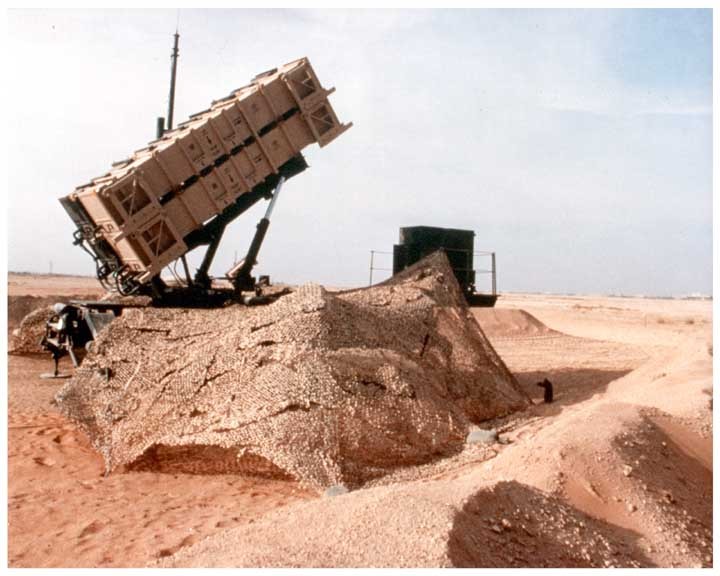
Read more: Netherlands Looks For More Patriots For Ukraine: What the Options Are




